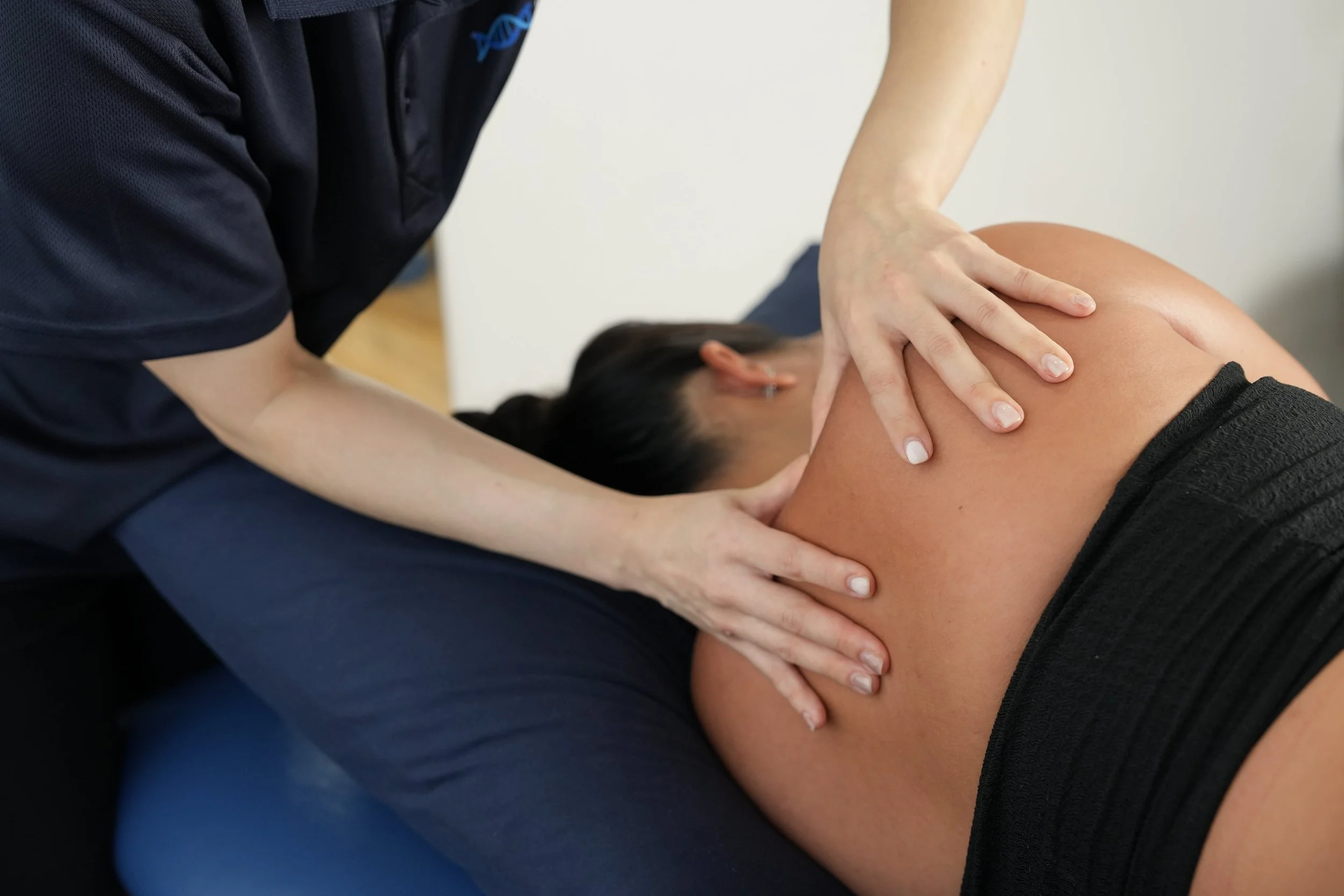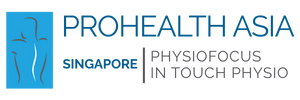
Expert Physiotherapy for Neck Pain Relief in Singapore
How can our physiotherapists help?
Neck, back, and hip pain often exist in a complex interplay, where dysfunction in one area can trigger or exacerbate issues in the others. Physiotherapy addresses this interconnectedness through comprehensive assessments and targeted interventions. By evaluating posture, movement patterns, and muscle imbalances, physiotherapists can identify the root causes of pain.
Tailored treatments by our physiotherapists, including manual therapy, therapeutic exercises, and ergonomic advice, aim to restore proper alignment and function, alleviating pain and preventing recurrence across these interconnected regions.
Neck Pain Symptoms, Treatments and Approach
Understanding the Root Causes of Your Neck Pain
The neck is responsible for supporting the weight of the head and protecting the nerves connecting the brain and the body. The neck is flexible to allow rotation, flexion, extension and lateral flexion. The factors that can contribute to neck pain include:
Muscle strains and weakness
Joint pain
Poor posture
Nerve compression
Injuries
Diseases
Office workers are particularly susceptible to neck pain due to long hours spent sitting in front of a computer with poor posture such as leaning forward or hunching over. Additionally Osteoarthritis is a common cause of neck pain. Neck pain can be acute or chronic.
Symptoms of neck pain can include:
Limited range of motion of the head
Muscle tightness and spasms
Pain becomes worse when holding your head in the same position for long periods of time such as working at a computer or driving
Persistent headaches
Assessment and Diagnosis
Our physiotherapists can help perform assessments and tests to determine the root cause of your neck pain. They will also ask questions to understand your lifestyle or any habits that may contribute to your pain.
Treatment Sessions
Our physiotherapists approach patients with neck pain differently depending on the cause of the pain and will prescribe therapy and treatments accordingly.
Soft tissue release
Graded joint mobilisations
Active range of motion stretching
Progressive exercise plan, including sitting stretches and strengthening
Advice on optimising work station set-up
Education about managing long periods of sitting e.g. changing positions, usage of standing desk
